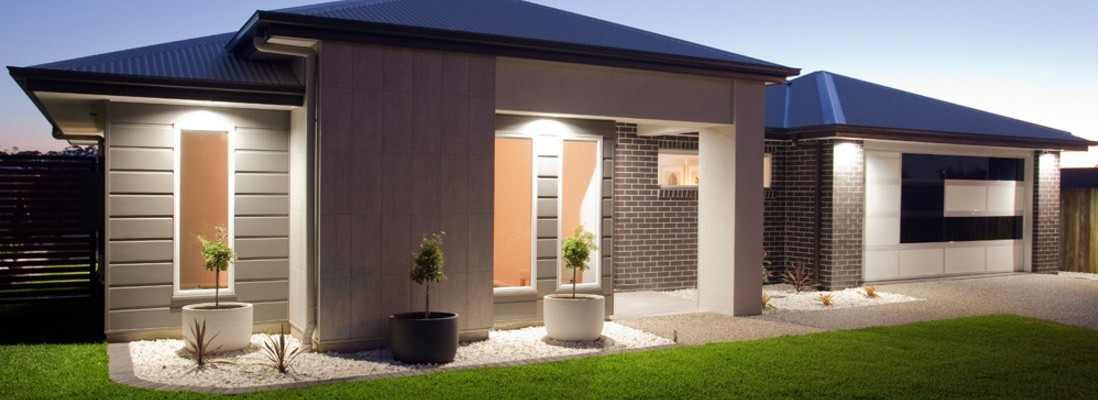Domorela's Blog: Intranet of Things network deployment
As the Internet concept, IoT is constructed merging ICT technologies. To deploy IoT we need a TCP/IP network and an equivalent of WWW that usually is a Web Service, but could be another kind of service using the TCP/IP stack.
Said the above, the way to implement an Intranet of Things is mostly the same to implement Internet of Things, the main difference is that Intranet of Things is deployed using a secure private network in which a Private Cloud is deployed.
Domorela's Blog: Intranet of Things Private Cloud Service deployment (I)
As said in our first article speaking about Intranet of Things, IoT is constructed merging ICT technologies. After deployment of the TCP/IP next step is deployment of Private Cloud Service that publishes a WWW service.
In order to deploy a Private Cloud, first thing we must do is to pay attention to the size of the environment we are facing: small, medium or large.
Domorela's Blog: Intranet of Things Private Cloud Service deployment (II)
As said in our previous article speaking about Intranet of Things, after deployment of the TCP/IP next step is deployment of Private Cloud Service that publishes a WWW service that will fit in an environment of a certain size.
In order to deploy a Private Cloud we can opt for the same products offered as SaaS, we can install them in our Intranet with an, usually expensive, On Premise license applicable in large environments. But we also can opt for a product conceived to be used in an Intranet of Things, like Domorela, designed to operate in small, medium and large environments.
Domorela's Blog: Intranet of Things Security deployment (I)
If we want to name Intranet to our IoT deployment is a must to harden our network with security measures. As we told on our first article related to security, Domorela includes several security mechanisms, but security must be implemented from outside to inside in any Intranet. So, we need to implement perimetral security in order to put a virtual fence between any outside network and our LAN, MAN or CAN.
Domorela's Blog: Intranet of Things Security deployment (II)
Once we have secured our network we need to implement security at upper layers of the OSI Model. To do so there are many techniques that can be applied depending of the scope, we will consider them from two points of view: enforce inspection and/or protection of application data at network equipment and/or rely on data protection at every End Node or host of the network.
Domorela's Blog: WUI Theming and customization
Domorela's Web User Interface can be customized and is provided with the capability of setting per user themes in runtime. While users are allowed to change their theme in spite their level, so isn't necessary any privilege and basic users can do it freely whithin his own session, advanced customization is reserved to integration providers because advanced access is needed to Domorela device.
Domorela's Blog: Operation Modes (I)
Domorela is able to work in 2 Operation Modes: Connected Mode and Simulation Mode. While in Connected Mode, Domorela can be directly connected to the KNX Bus by Twisted Pair (TP) KNX interface or can be connected by 1000Base-T Ethernet interface through a KNXNet/IP link, in order to manage and/or diagnose an installation. While in simulation mode, Domorela is acting as a Virtual KNX Installation that can be used to test projects, to check projects with customers before the installation works begin, to help the sales force to achieve new leads without the need, or prior to, of visiting a showroom and, last but not least, to make virtual labs with learning purposes.
Domorela's Blog: Operation Modes (II)
As explained in our previous article, Domorela is able to work in 2 Operation Modes: Connected Mode and Simulation Mode. Default configuration is to operate in Connected Mode through KNX TP interface, but is possible to change between operation modes in runtime and set the starting configuration for Operation Mode to the one desired between several possibilities.
Domorela's Blog: Operation Level Features
In our previous article about Domorela's WUI we told about the three different access levels to manage a Domorela unit. In subsequent articles we introduced the Basic Level Features and now we will start a series of articles about the Operation Level Features. In the first of these articles we will explain Operation Level concept in Domorela.
Domorela's Blog: Scenes configuration
Operators and Administrators are allowed to define new scenes in Domorela's WUI. As we said in our previous article, to do this they can access to the Administrator Menu, so the Top Menu includes an extra option called Administrator Menu.
Domorela's Blog: Operation Level Features in Panel View
In the Panel View, operators and administrators are allowed to change configuration of the panel, even to configure it from scratch by using a contextual menu that can be shown by clicking the right button of the mouse or perform the right click action configured for the touch screen of the device.
Domorela's Blog: Operation Level Features in Graph View
In the the Graph view, operators and administrators are allowed to add new values to the graph's series of values, to change the name of the graph and also to reset the graph to leave it blank for a new configuration.









